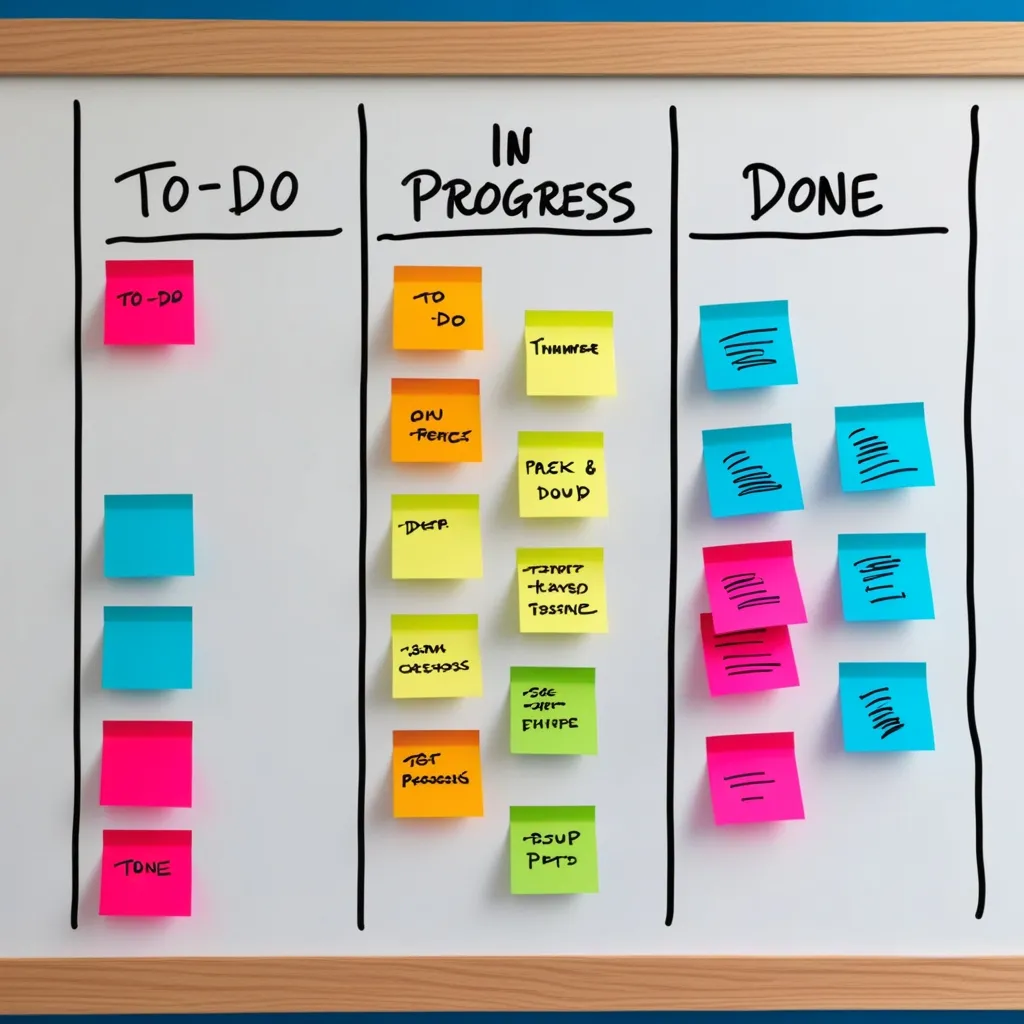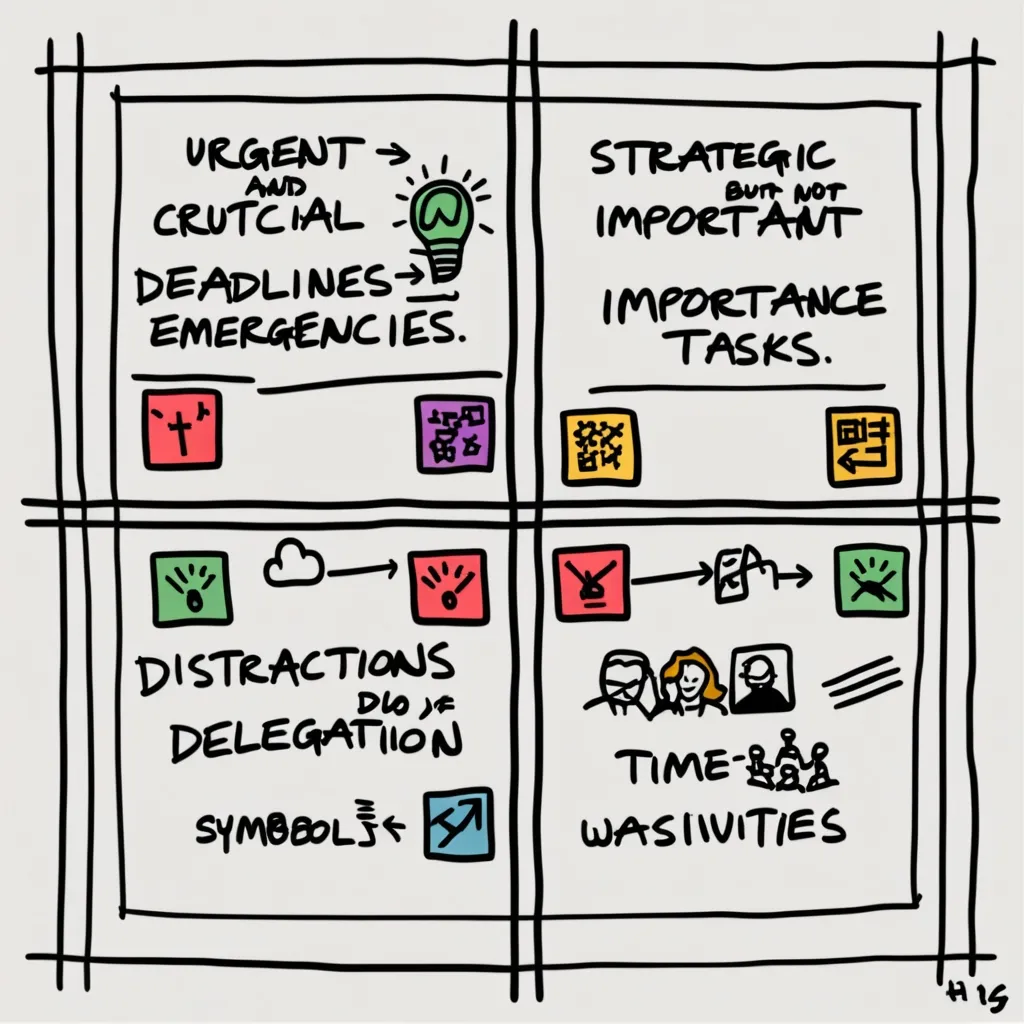Starting a business can feel like standing at the edge of a cliff, ready to leap into unknown waters. There’s the promise of fantastic views and exhilarating experiences, but also the uncertainty of choppy waves below. In today’s entrepreneurial landscape, people have three primary paths to choose from: the traditional business, a high-growth startup, or what some are now dubbing the feel-good business model. Each path has its unique set of pros and cons, and understanding these can help in making informed decisions about which direction suits one’s lifestyle and goals.
Traditional businesses, for starters, are what we usually encounter in our daily lives—think of your local baker, the neighborhood salon, or even multinational giants like Coca-Cola. These businesses often prioritize steady and moderate growth. Profits stay somewhat modest, usually under 20%, due to moderate capital requirements. It’s not uncommon for traditional businesses to seek external investments, especially in their formative years. The corporate structure tends to be quite formal, with a clear hierarchy, and work-life balance might not always be top of mind. Balancing spreadsheets, routine meetings, and a somewhat predictable path form the backbone of traditional enterprises.
On a completely different spectrum are the high-growth startups that aspire to be the Ubers and Amazons of tomorrow. Their goal? Explosive growth, often throwing caution and cash to the wind in hopes of hitting the jackpot down the line. These are the businesses where venture capitalists pour in money by the truckload, expecting massive returns in the future. With the promise of rapid market domination, work-life balance often takes a back seat. Founders and team members work around the clock, pushing limits in high-pressure environments. The organizational structure remains flexible with roles constantly shifting to keep pace with growth demands.
Enter the feel-good business model, a relatively new concept that is garnering attention for its refreshing approach to entrepreneurship. Here, the primary goal isn’t rapid growth or dizzying profits but rather optimizing for the owner’s lifestyle, characterized by freedom, fun, and flexibility. This model asks the question: what if one could work less, yet live more? Aiming for high profit margins, often beyond 40 or 50%, these businesses focus on small, manageable teams and prioritize bootstrapping over heavy investments. Work-life balance isn’t just an ideal; it’s a foundational principle where autonomy, satisfying work, and a healthy lifestyle converge.
When diving into building a feel-good business, the path towards success lies in a combination of passion and market knowledge. It’s all about aligning personal interests with market demands, ensuring that the business is profitable yet enjoyable. The journey begins with identifying a skill that energizes rather than exhausts. The work should feel intrinsically rewarding. For those unsure about their passion, it’s essential to experiment widely, dabbling in various fields until something clicks. The key distinction is that the chosen pursuit must also serve the marketplace; a hobby can evolve into a viable business only when it addresses genuine customer needs.
Creating a sustainable feel-good business model involves three primary pathways: providing services, selling products, or creating content. For example, a woodworking enthusiast might offer bespoke furniture-making services, launch a product line, or even develop educational content that demystifies the craft. This multi-faceted approach allows entrepreneurs to cater to diverse market segments while naturally aligning their business functions with personal interest and expertise.
A major part of turning passion into profit involves crafting a minimum viable product—a beta version if you will. This version allows for early market feedback which is crucial for refining the business model and ensuring alignment with consumer expectations. Sitting on an idea for years without testing it in the market isn’t the goal here. Agility, after all, is the name of the game.
Scaling sustainably is important for any feel-good business. Rapid growth leads to burnout and overwhelm, which defeats the primary goal of maintaining a balanced life. Implementing sustainable systems from day one and having clear boundaries around work and play are essential.
A fascinating aspect of this business model is the regular reevaluation and flexibility it encourages. Profits are crucial, yes, but not at the cost of personal satisfaction and well-being. If at any point, the business trajectory doesn’t align with personal goals and priorities, it’s crucial to pivot bravely. True success in the feel-good model involves making lifestyle-focused decisions even at the expense of potential profit margins.
Common pitfalls can trip up even the most seasoned entrepreneurs. Chief among them is ignoring market validation, which leads to investing in products or services that have no demand. Another frequent mistake is scaling too quickly, resulting in strains on resources and team morale. Maintaining a reasonable pace allows entrepreneurs to enjoy the process and keep an eye on long-term goals without succumbing to pressure. On a personal note, entrepreneurs must regularly check in with themselves, ensuring work isn’t overshadowing personal joy and life satisfaction. Making time for health, relationships, and hobbies is just as important as any business meeting.
Ultimately, the feel-good business model is more than a business strategy; it’s a lifestyle choice. It’s about enjoying every moment, not just in business but in life as a whole. Balancing the scales between work and life, making decisions with long-term happiness in mind, and allowing flexibility to guide the journey are the cornerstones of this model. It’s about creating a business that aligns not only with market needs but also with one’s own vision of a well-lived life. For those feeling the pull of entrepreneurship but yearning for a balanced life, the feel-good model may just be the path worth exploring.





